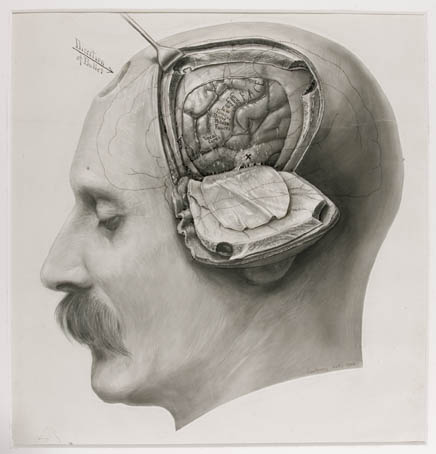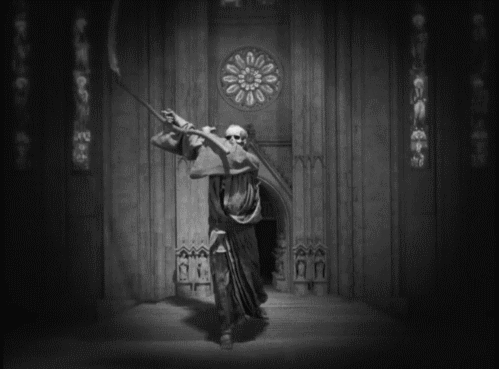





Many people know about the Coney Island of hot dogs, roller coasters, circuses, and side shows; what many do not know is the other Coney Island, the much forgotten Coney Island of strange immersive amusements produced on a scale nearly impossible to imagine today and blurring the boundaries between science and spectacle, current affairs and entertainment, and education and titillation.
Just to give you a sense of what I'm talking about. On an average day in Coney Island from the years 1890 to 1915, a visitor could (and this is just a tiny sampling):
- take in a Midget City Theater vaudeville show in Lilliputia, the town populated by 300 midgets and modeled on a half-scale 16th century Nuremberg (top image)
- check out a staged tenement fire featuring a cast of 2,000 at the popular attraction Fighting the Flames (2nd image)
- marvel at freakishly tiny premature babies kept alive by a novel technology (later adopted by hospitals) and team of nurses at The Infant Incubator (5th image)
- relive the Boer War via a reenactment starring 600 genuine Boer War veterans
- watch a reenactment of The Galveston Flood, which had killed 6,000 people only two years before the attraction debuted
- thrill to San Francisco destroyed by fire, the Titatic destroyed at sea, or Pompeii destroyed by Mt. Vesuvius
- descend to the sunken city of Atlantic (3rd image)
- encounter a troupe of genuine head-hunting Bontac tribesmen in an authentically replicated village (6th image)
- be publicly humiliated at The Insanitarium and Blowhole Theater, where a midget in a clown costume (sic) would herd you with an electric cattle prod (sic again) over jets of air that would blow up your skirts (if you were of the female persuasion) before an audience of laughing park patrons (see video above, about 20 seconds in)
- buy candy Frankfurters, Pork Sausages, and Plum Pudding at Bauer Sisters Candy Delicatessen (4th image)
The exhibition--produced in tandem with Coney Island Museum director Aaron Beebe--will launch on Friday, April 8th, 2011 at the Coney Island Museum. There will be many spectacular events over the course of its year-long residency, and the whole will launch with The Congress of Curious People, a 10-day set of lectures, performances, and panel discussions about curiosity and curiosities, broadly conceived (more on that soon; more on last year's Congress here).
You can visit the website for the exhibition--which features an acitvely updated blog tracing the exhibition research conducted by Aaron and myself, a bibliography, and many more details about the exhibition--at www.spectacularium.org. Please sign up for the mailing list (upper right hand corner of the website) to be alerted to events and announcements around the exhibition.
Images top to bottom:
- From Jeffrey Stanton's Coney Island History Website
- From Jeffrey Stanton's Coney Island History Website
- Postcard from The Coney Island Museum
- From Coney Island: A Postcard Journey to the City of Fire by Richard Snow
- From Pixie's MySpace Blog
- "Filipino Baby Coney Isand 1905," from jo simalaya alcampo










































